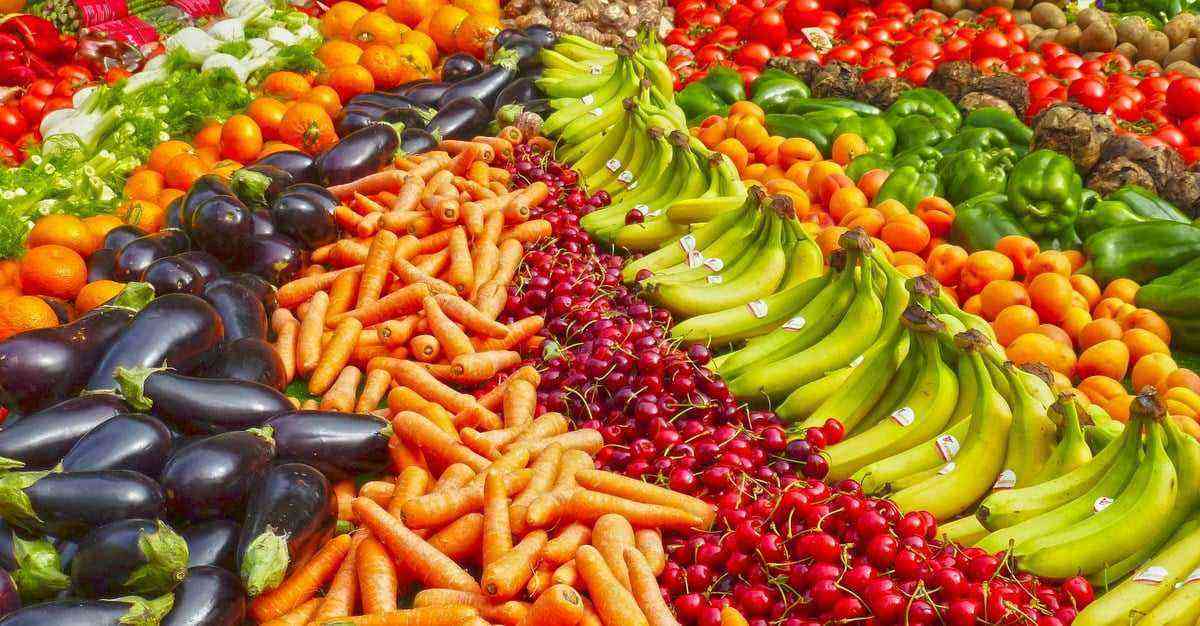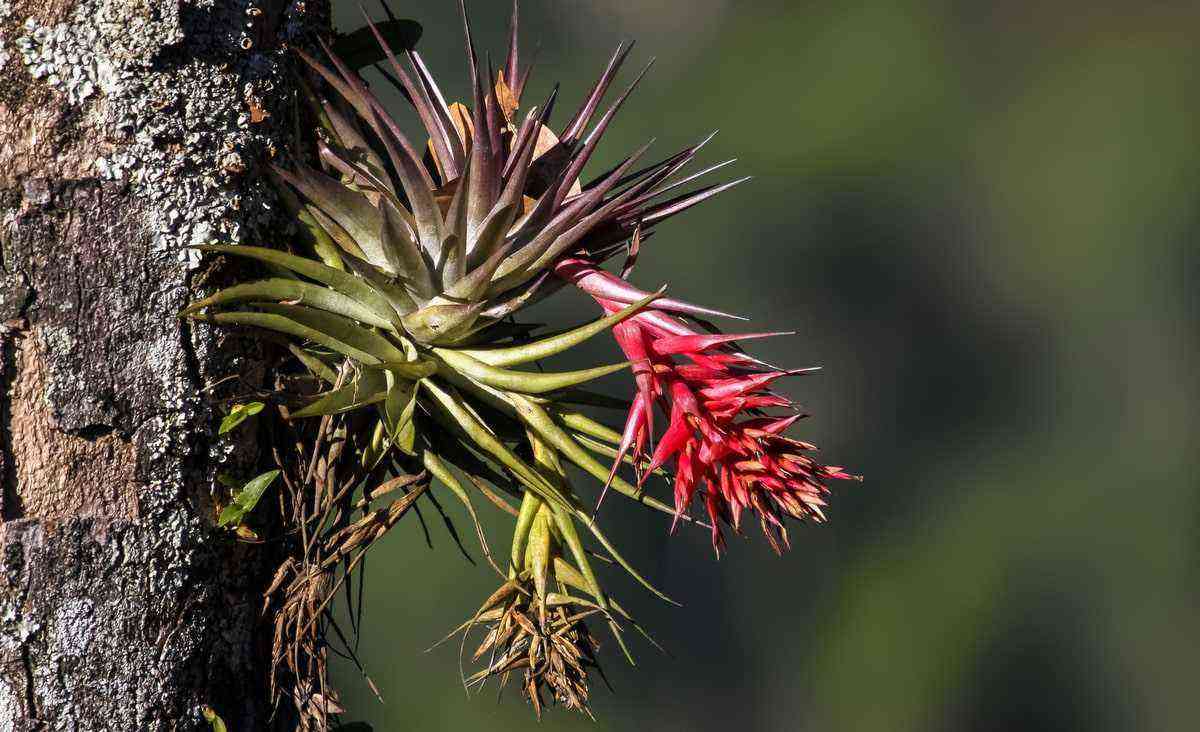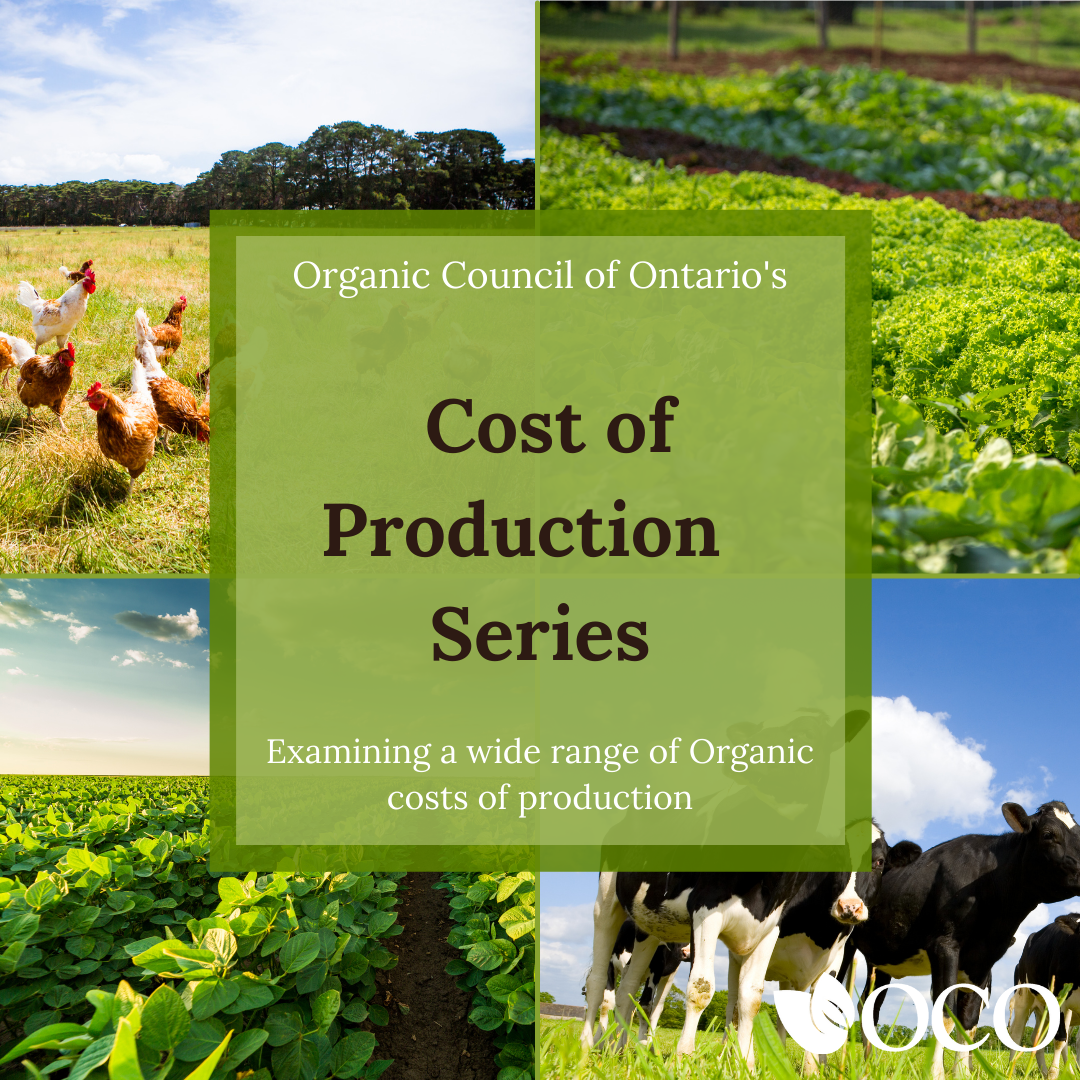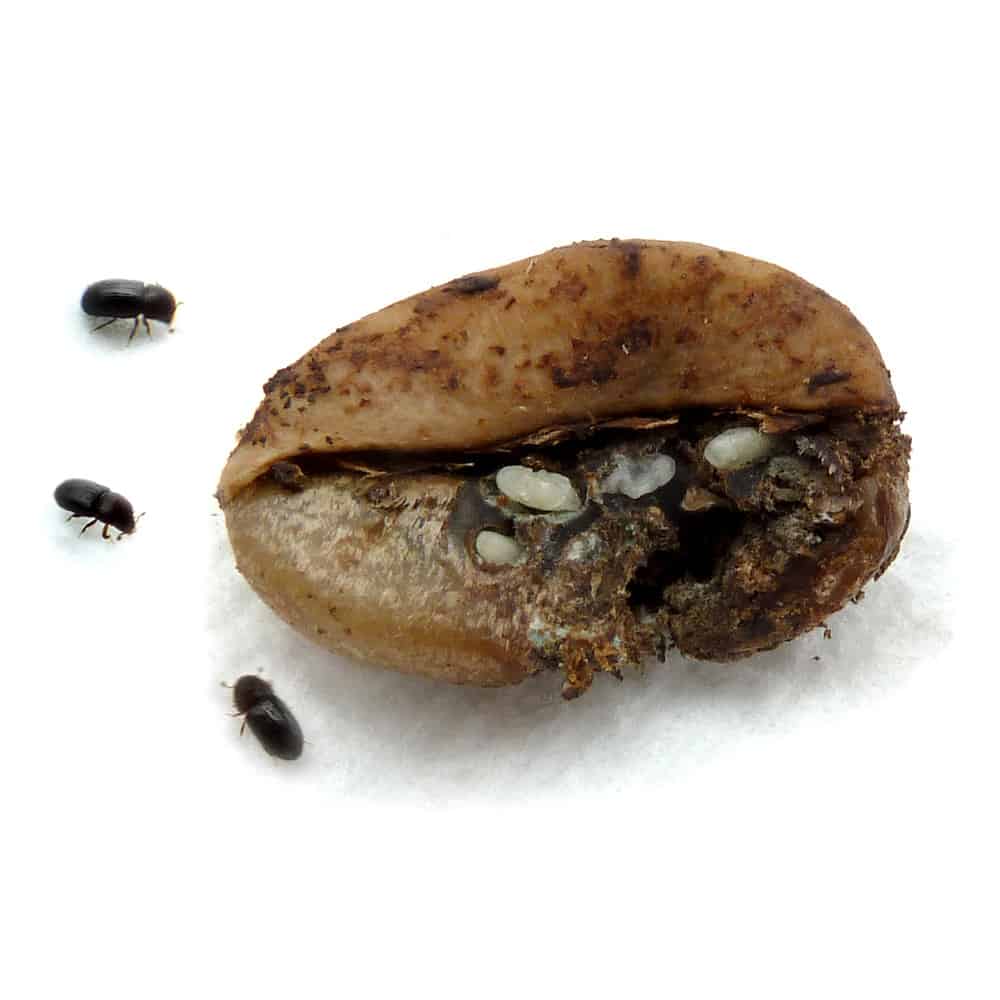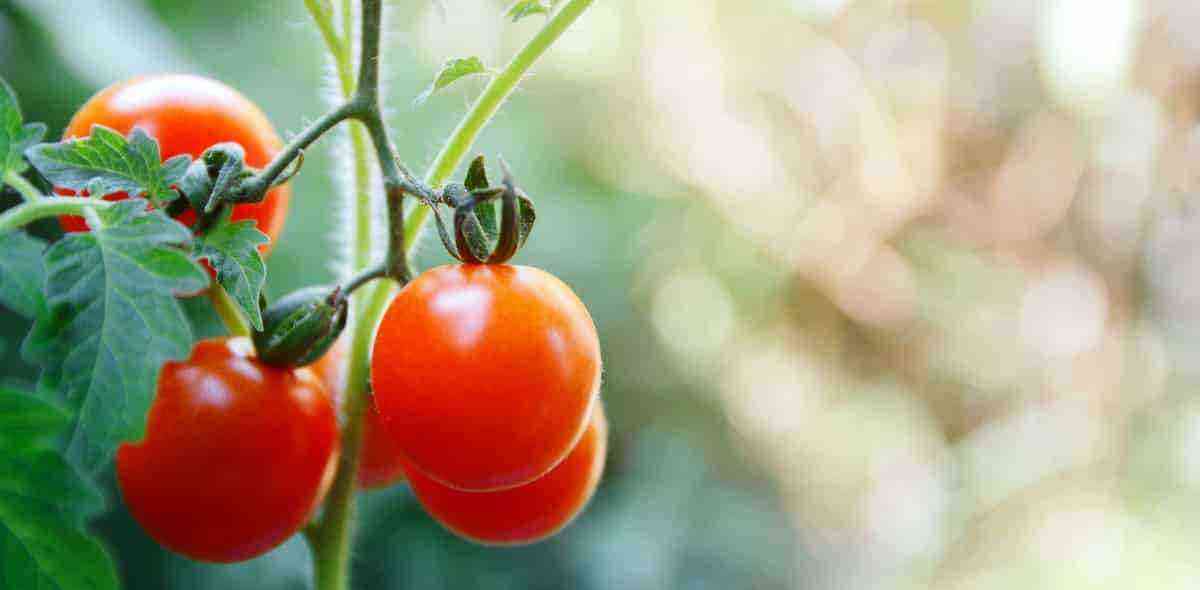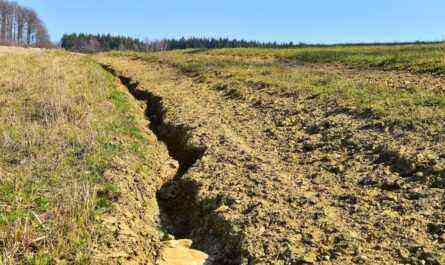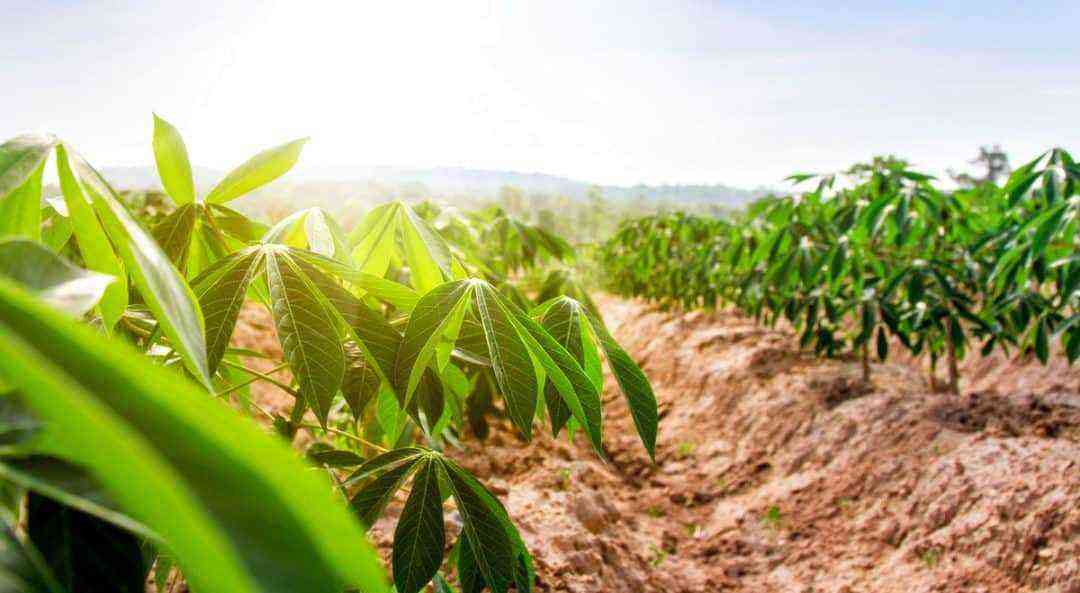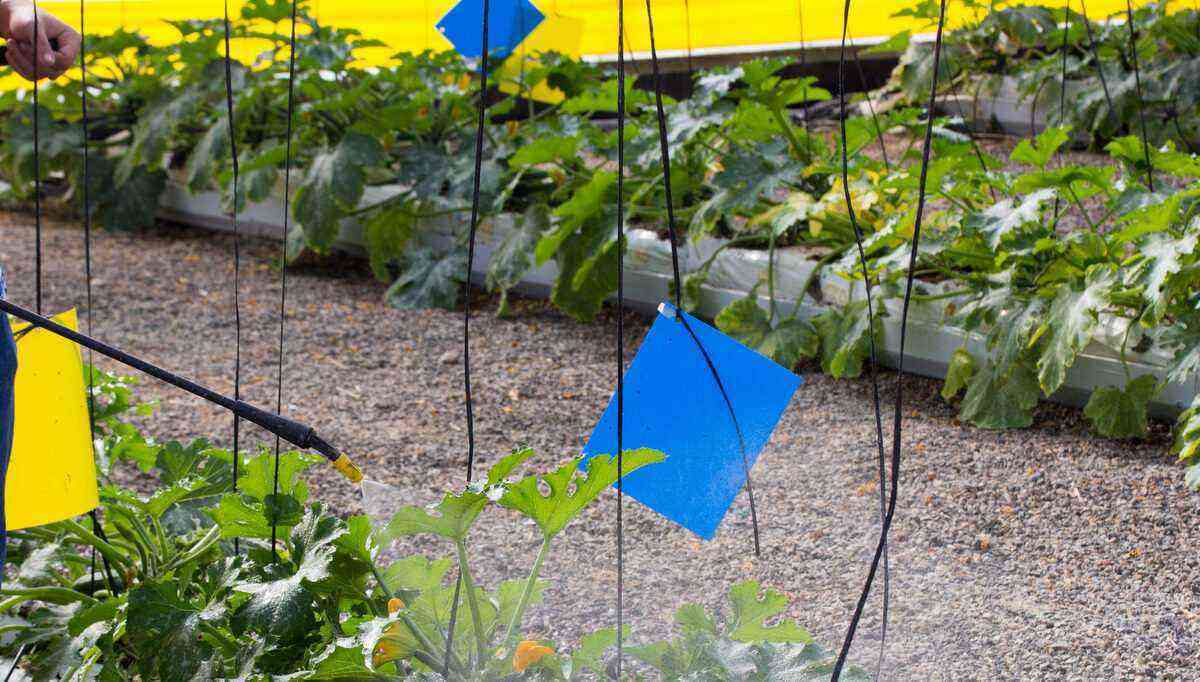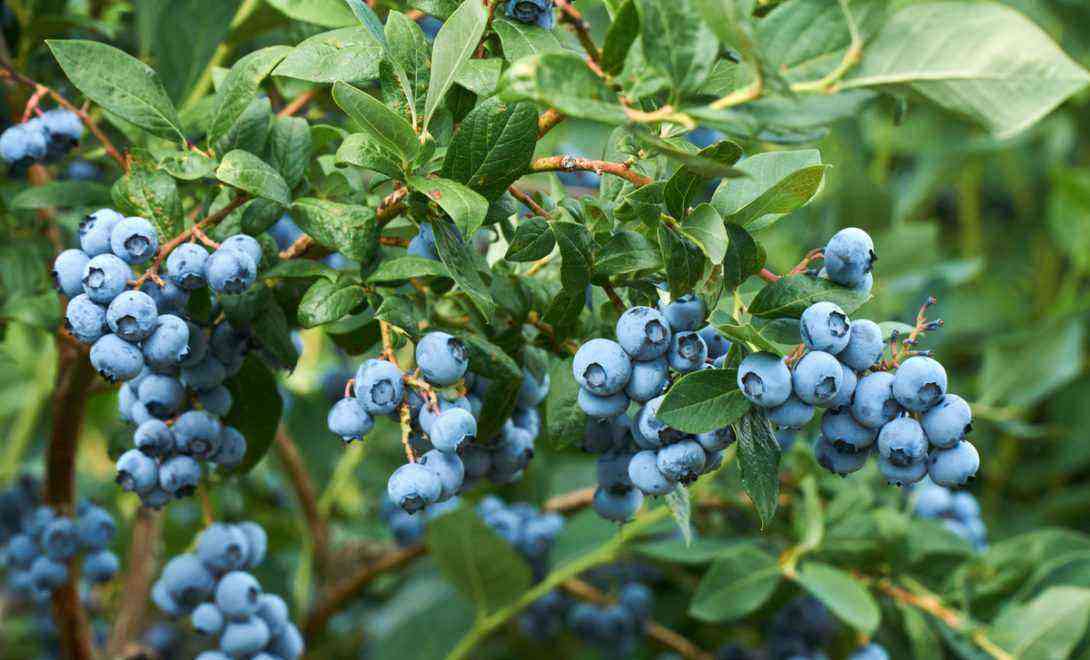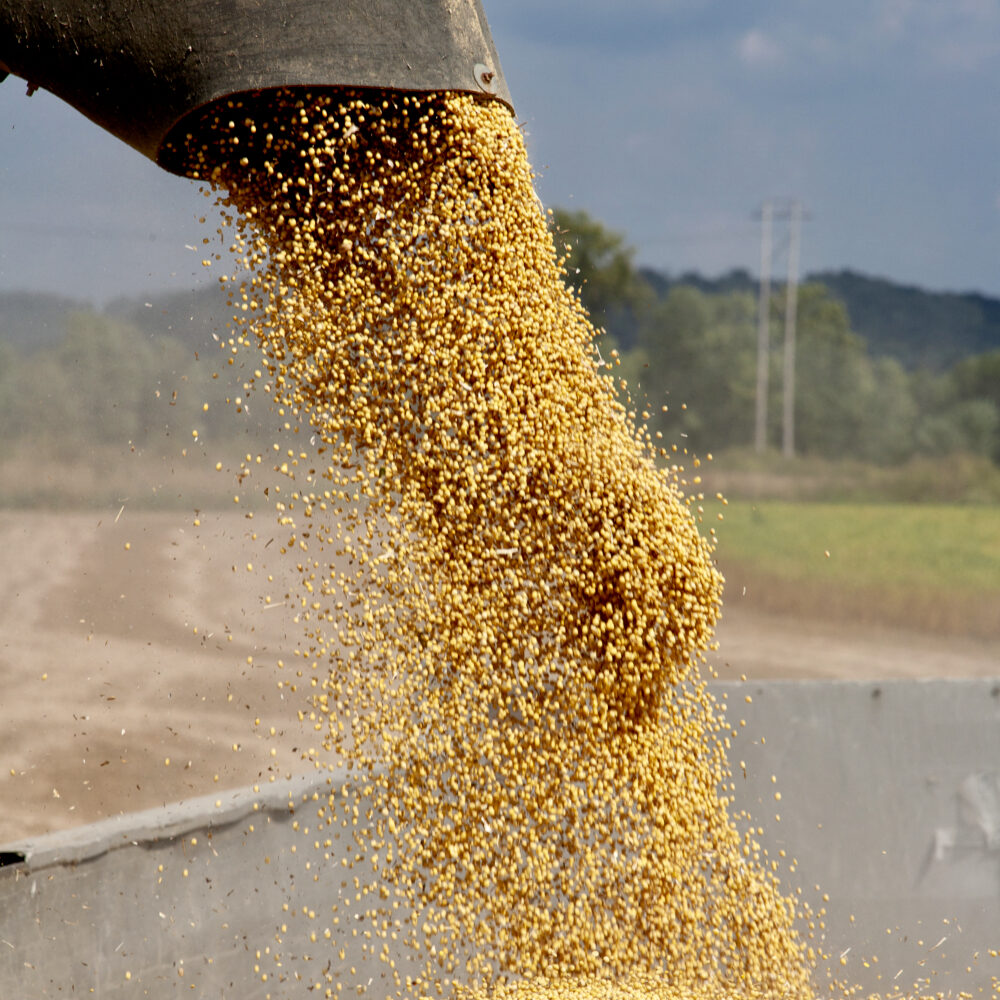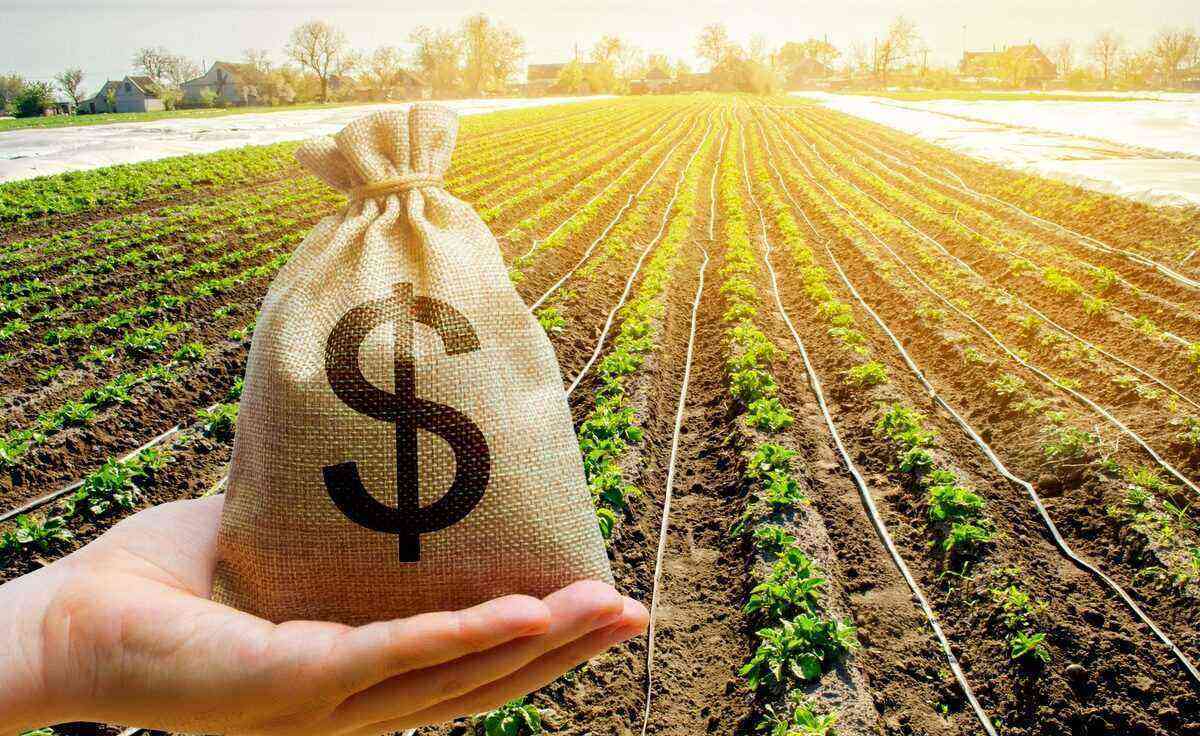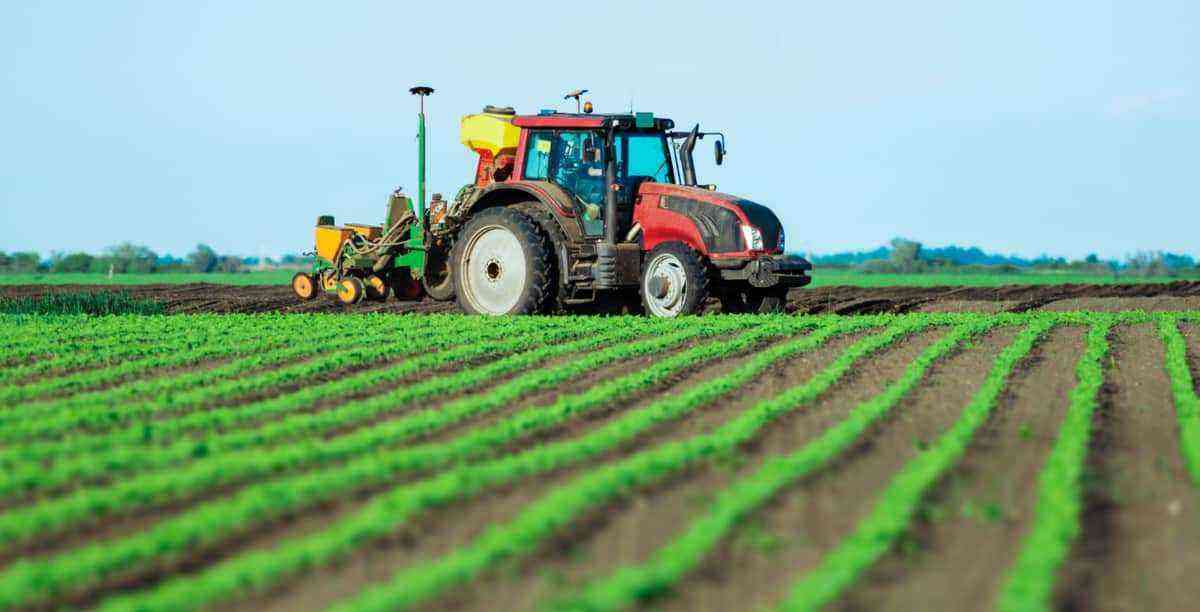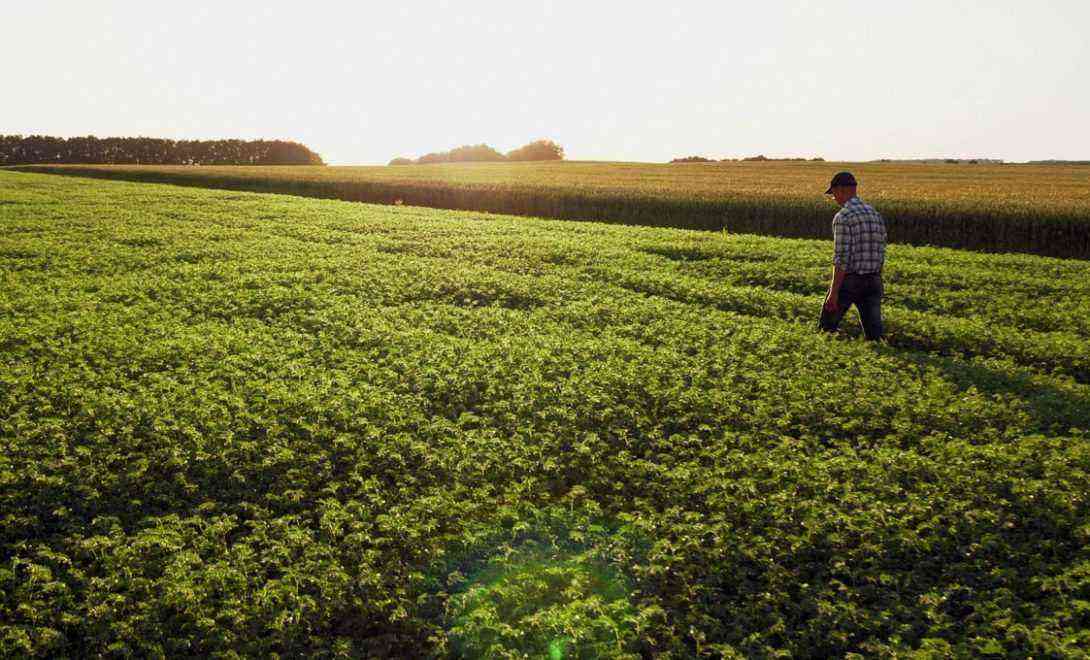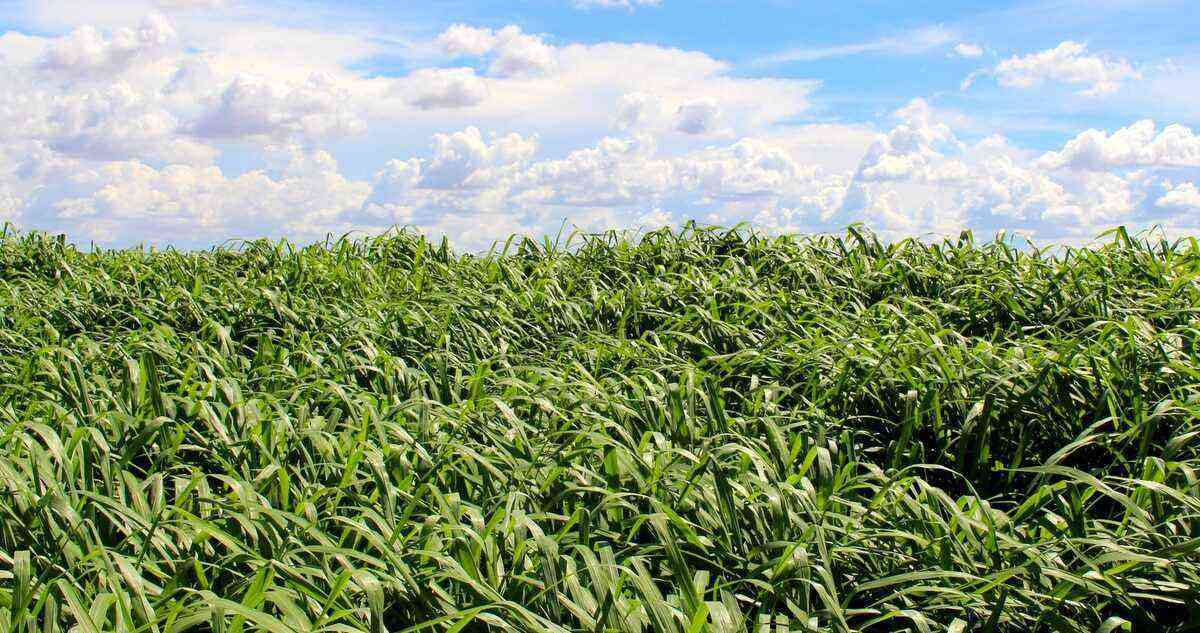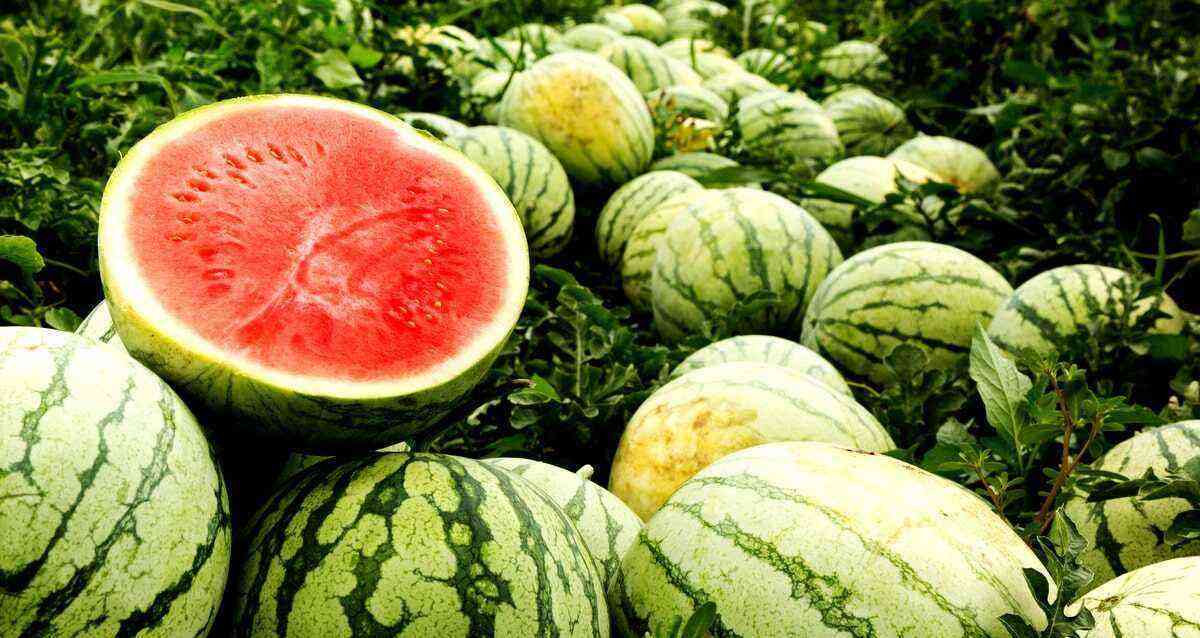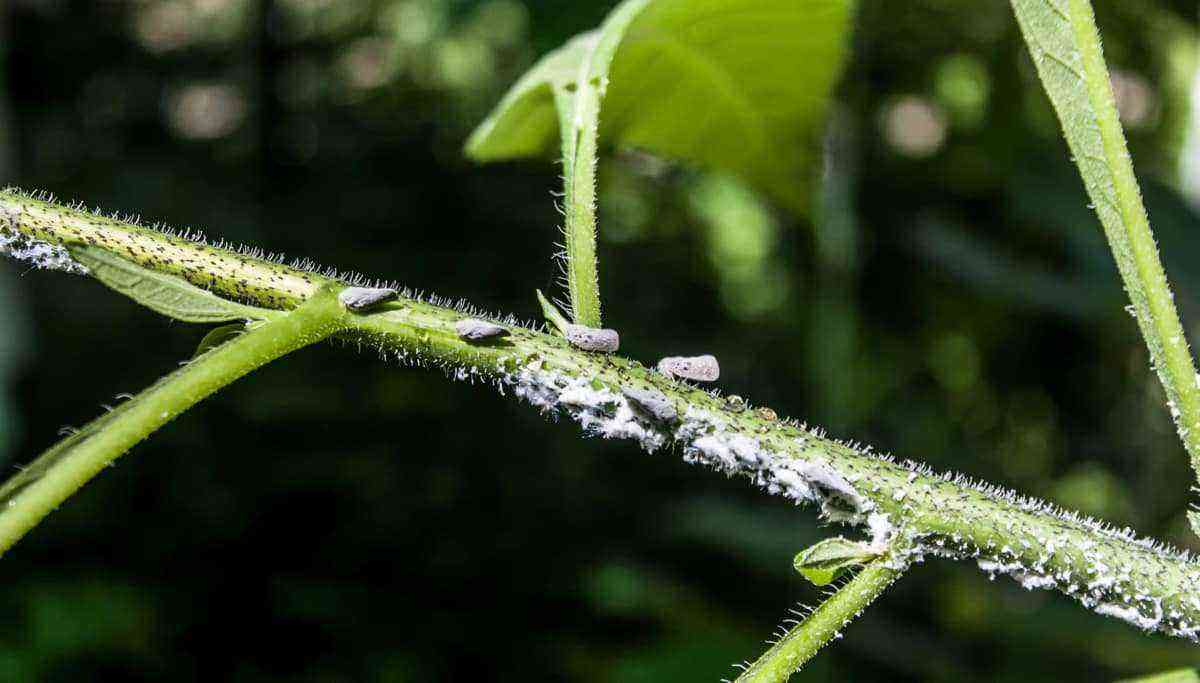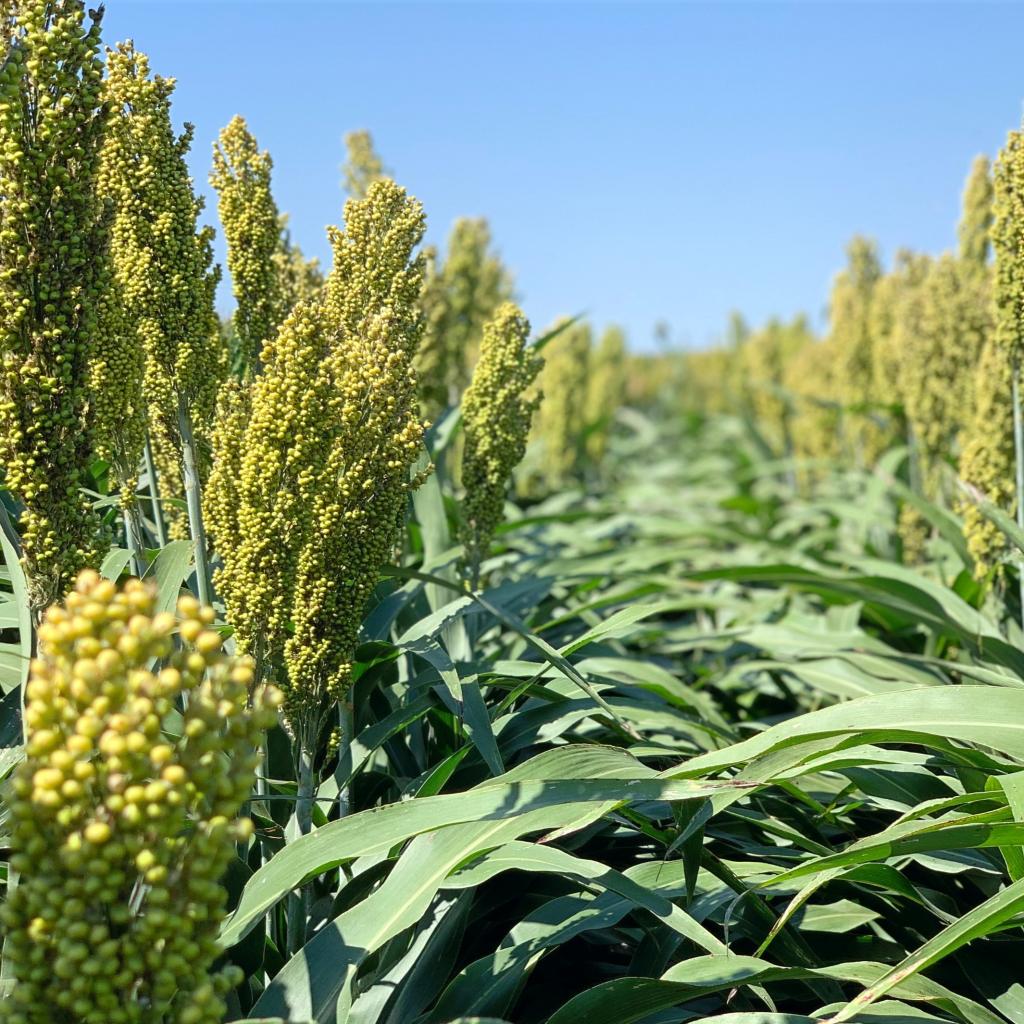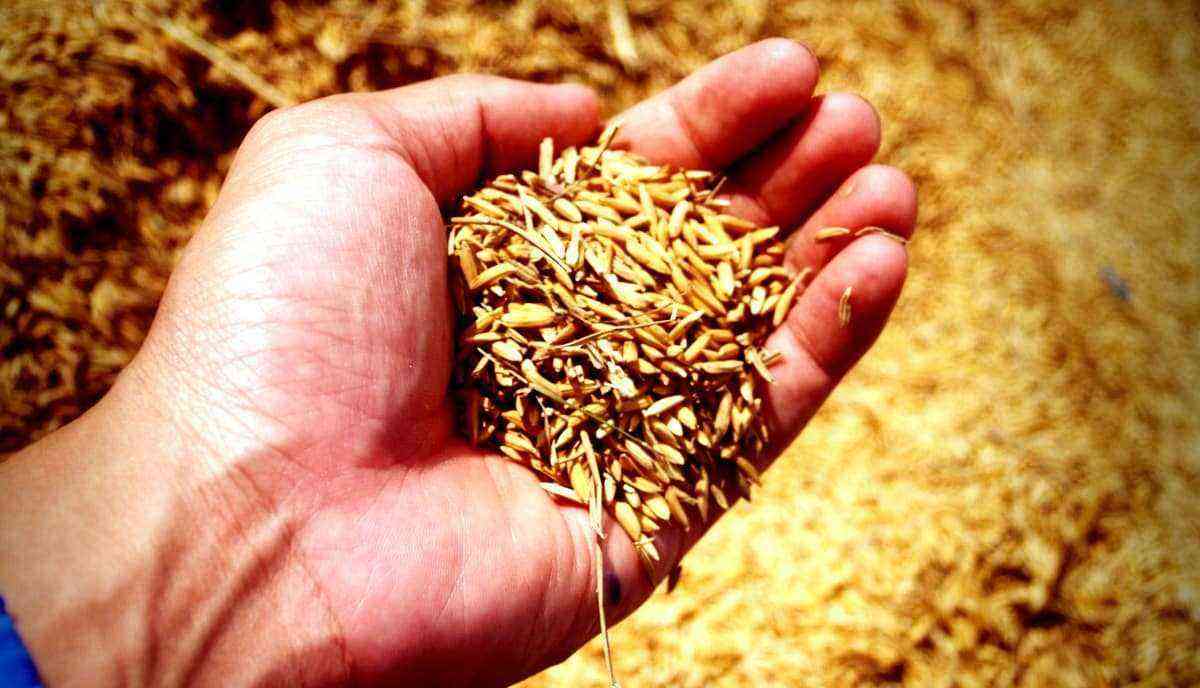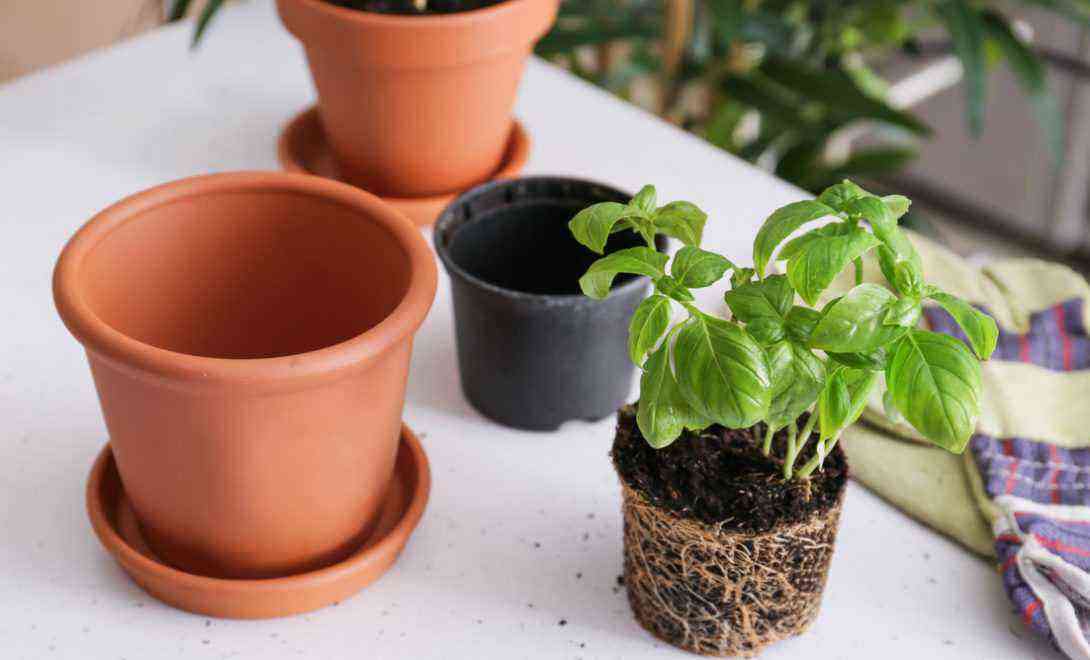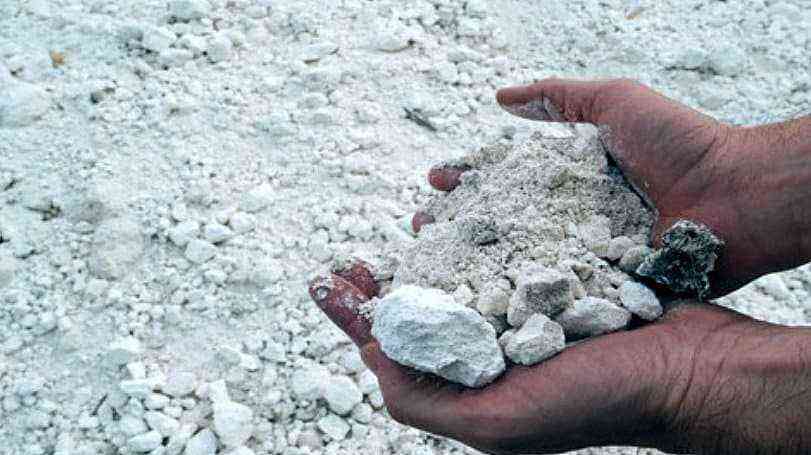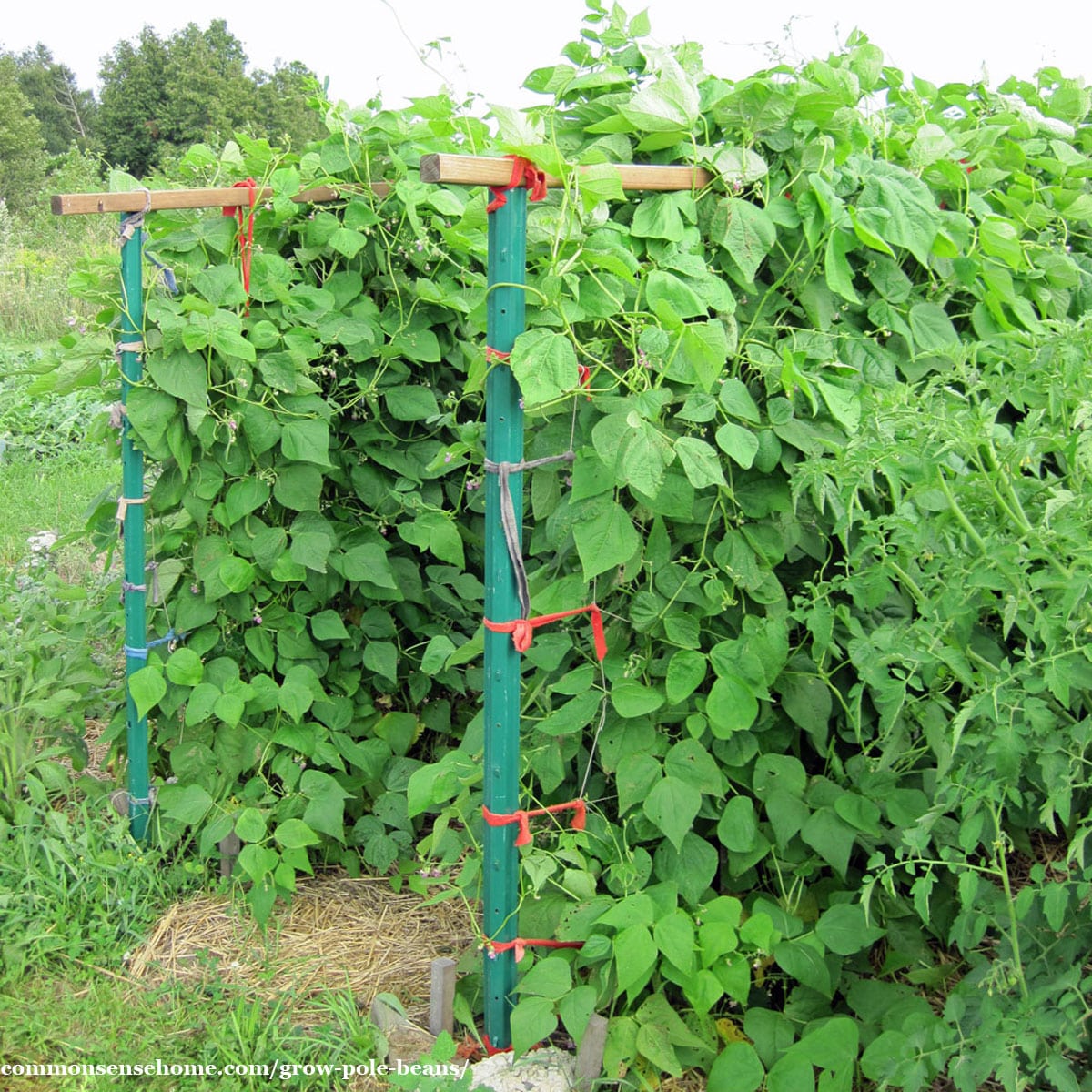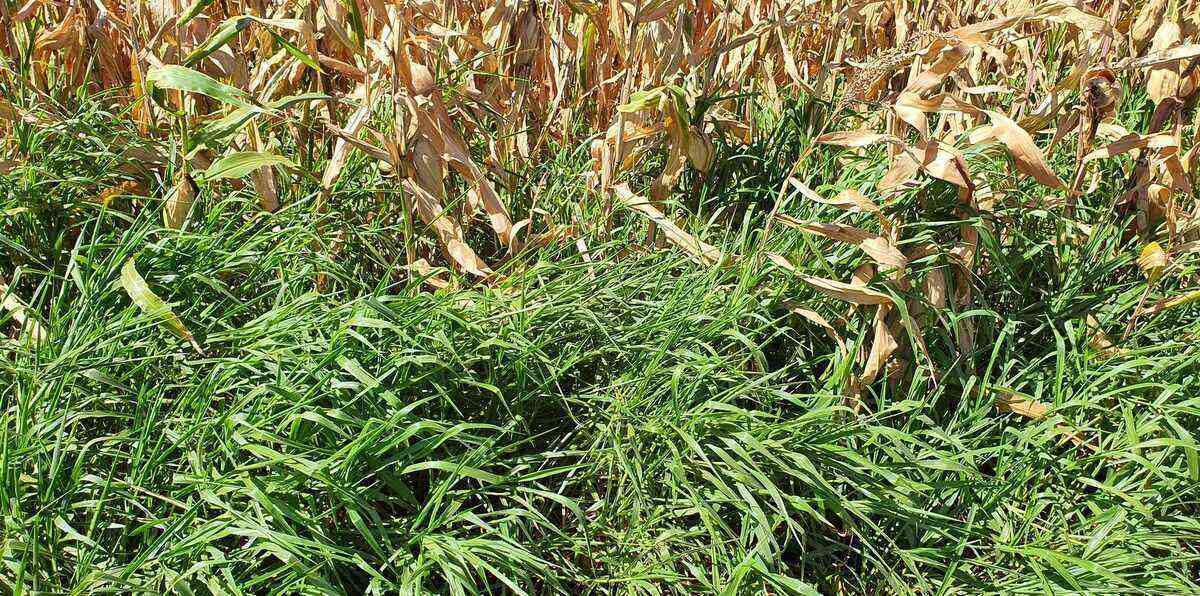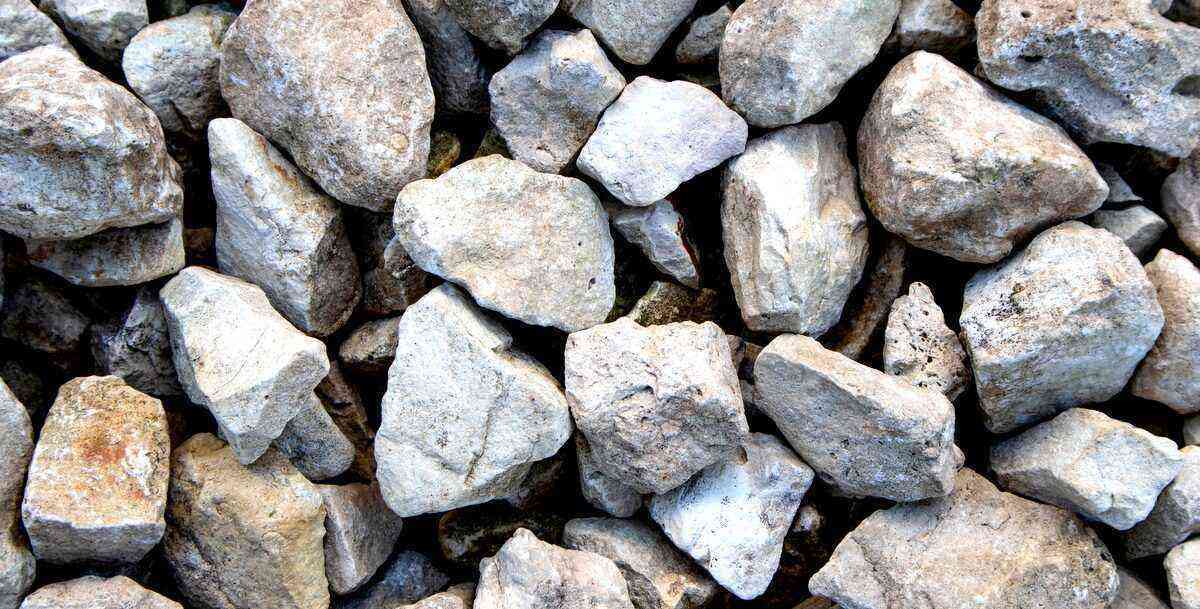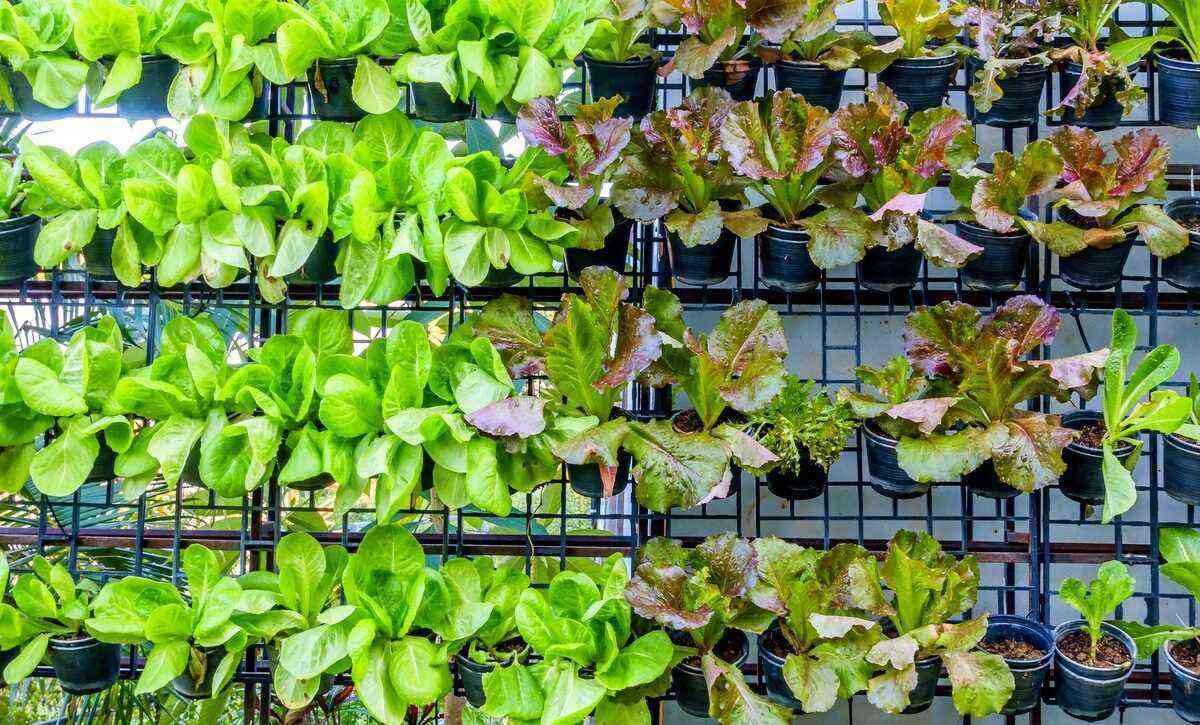The planting of oats, an agricultural variety considered rustic, has been attracting more producers in Brazil. So much so that its production is highly competitive in the market.
Oats, used mainly in animal feed, are predominant in the world and in Brazil.
In addition, it is an option for forming winter pastures for grazing and making hay, silage and ground cover as well as green manuring.
Want to know more about the oat production process? So, check out our post until the end to know everything about your planting.
Origin and types of oats for planting
Of Asian origin, known since antiquity, oats (Avena sp.) is used in human and animal food, planted all over the planet.
In general, we know that oats are a winter cereal, just like barley or even wheat. However, oats are a rustic plant. It has greater resistance to diseases and pests in the production process.
About 80% of its world production is used for animal feed, while 18% is used for human consumption. The rest for industrial processes, exports and seeds.
Types of oats for planting
Before talking about planting, it is necessary to note that there are several species of oats. We will highlight the main ones below.
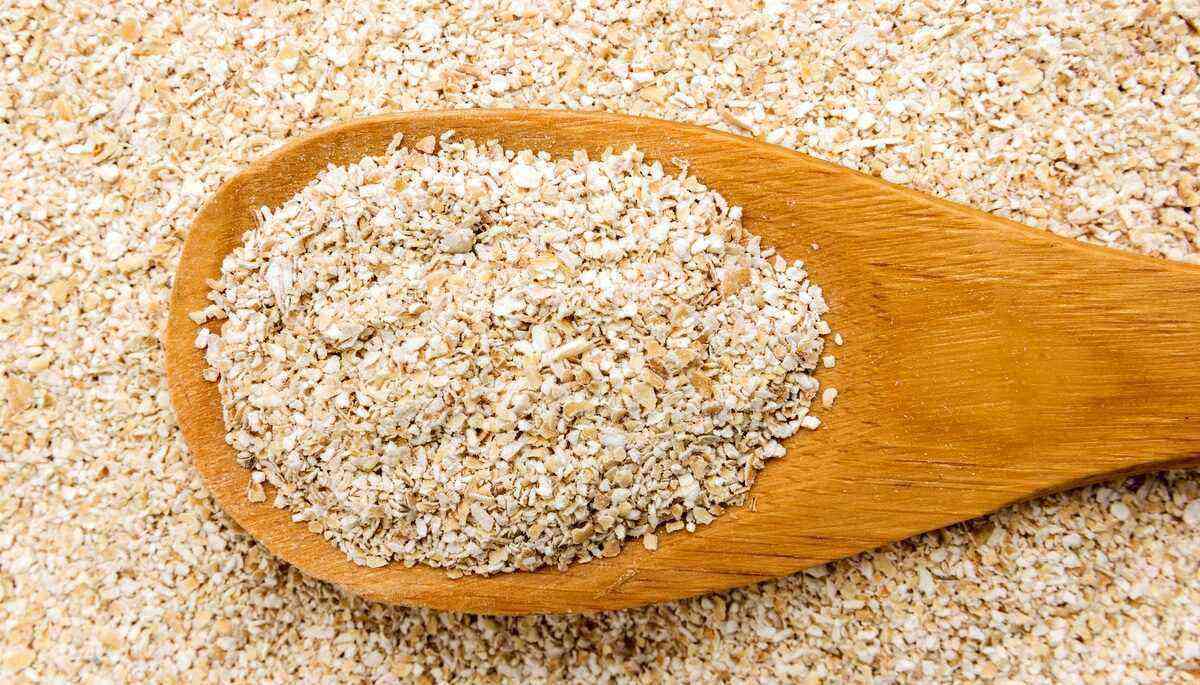
White oats are responsible for 80% of the world’s production of this food.
There is the kind Avena sativa ou white oat, whose type can be grown for various purposes: for fodder, grain and even pasture.
In addition, we can also find the Byzantine oats or popularly known as Yellow Oat, whose area corresponds to 20% of the world’s planting.
Finally, we also have a species well known and cultivated in South America: the Strigoza oatmeal, better known as Black Oat.
Its composition is much more rustic in relation to the others. It is widely used as fodder or cover for animal feed.
Because it is an annual plant, oats can re-sprout (a term to conceptualize dual purpose). In addition, it offers rectilinear growth, reaching sizes that can vary from 0,7 to 2 meters in height. Its roots are fasciculated and deep.
How oats are planted
Oat planting usually takes place in winter and autumn in the country, since we are talking about a plant that likes a temperate climate.
Although oats are tolerant of soil quality, whose pH is around 4,5 and 6, and does not require as many nutrients for their development, the main concern of producers is the climatic conditions for their planting.
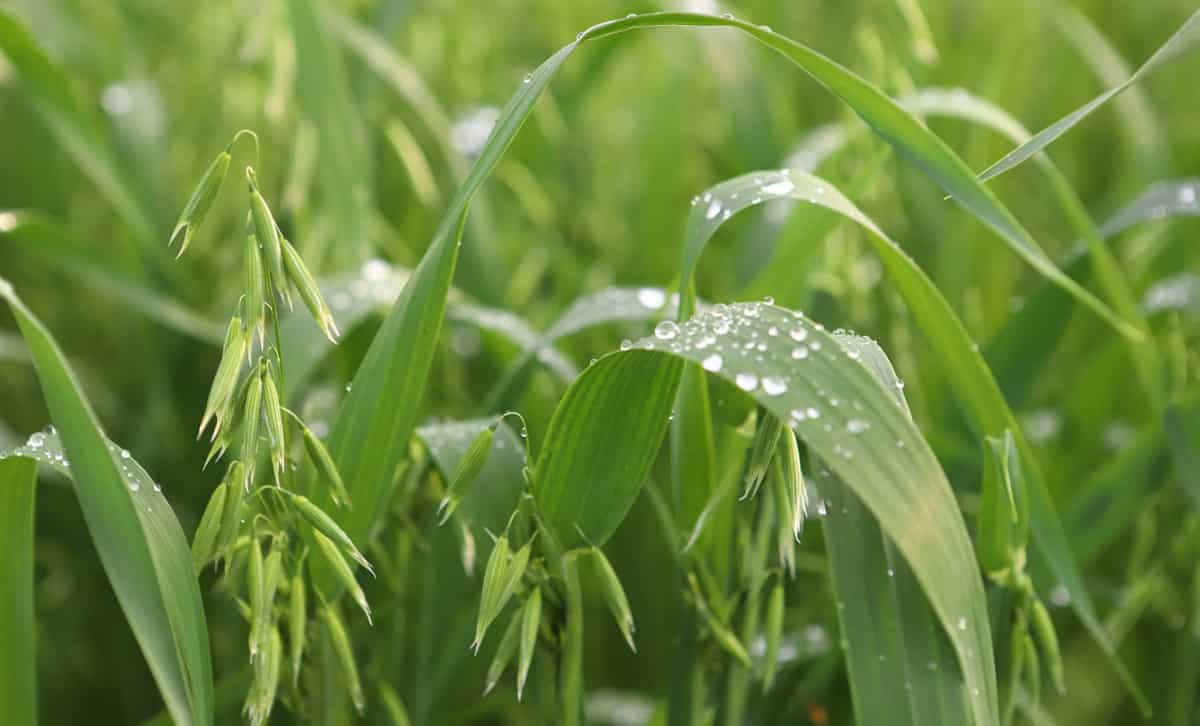
Oat planting occurs mainly in autumn/winter. Plant adapts best to temperate climates.
Thus, it is recommended that the ideal temperature for sowing is always above 7 °C, since below 4 °C the germination of seeds decreases drastically.
As this is the best time for sowing, it can vary between March 15th and July 15th, depending on each state. The amount of seeds is between 200 and 300 per square meter.
It is important to remember that there is a high risk practice carried out in Brazil, that is, the use of “pirate oats” for sowing. These varieties offer very high risks and, in most cases, can go unnoticed by the producer.
One of these risks in planting is precisely the contamination of seeds by pests and other pathogens. Not to mention the growth of weeds that can infest the productive place and contribute to the reduction of germination.
In short, tillering is directly related to oat productivity. After the end of the cycle, the youngest tillers contribute to the filling of the older grains. Thus, in warmer places, planting requires a greater amount of seeds.
Culture Management
In general, the total time of oat cultivation can vary between 120 and 130 days in the national territory. However, it is possible to observe that, in some countries, the cultivation can vary between 90 and 180.
When we refer to the development of oats, we need to understand that this process occurs in four steps. They are: the vegetative, transitional, reproductive and grain formation phases.

Oats are a rustic winter cereal and are more resistant to diseases and pests than wheat and barley.
Chemical control to avoid unwanted pests and pathogens occurs exactly after the vegetative phase. Then we can see the development of 3 to 4 leaves, as well as the beginning of tillering.
Regarding the most used herbicides in oat production, the main ones are metsulfuron and 2,4 D, normally indicated for the control of broad leaves.
Chemical control, carried out by ryegrass, is not yet authorized in Brazil, mainly due to the availability of herbicides already registered in the territory.
Regarding pest management, for example, the most demanded by producers (and the most indicated) is the treatment of seeds with Thiodicarb and Imidacloprid, which fight pests such as corós and aphids.
With regard to the most common diseases in oat production, we can highlight leaf and stem rust. They can get even worse in regions with high humidity and temperature.
Harvesting oat grains
During the ripening period, oat production is not influenced by high daytime temperatures or when the temperature drops at nighttime. So, it offers a more efficient harvest and reduces the risks of grain losses.
In relation to seed production, lower temperatures favor an increase in dormancy levels during seed development.
Thus, it is recommended that the harvest be carried out when the grains are in full threshing condition (when the water volume is below 20%), and the plant is still straight.
However, it is important to emphasize that the adjustment of the harvester needs to be at the ideal point, because when it is peeled, enzymes are activated in the grains, causing rancidity.
For the industrial market, it is necessary to pay attention to the fact that oat grains cannot receive rain after their maturation, otherwise they may acquire a dark color.
animal feeding
A source of essential nutrients for health, oats are also widely used in animal nutrition, especially horses.

With many nutrients, oats are a good option for cattle feeding, especially in the dry season.
But, it is also intended for cattle, mainly in periods of drought, with good results in all regimes: pasture, confinement and semi-confinement.
It can be used to replace corn, but not completely. In addition, costs can be up to 20% lower than traditional grains such as corn and soybeans.
Benefits of oats for cattle:
- Good digestibility;
- Good source of protein and fiber for dairy cattle
- It can replace a good part of corn, in cases of high market prices;
- It can be offered in the form of fresh grains or even silage.
In the video below, check out the step by step of how oat silage can be made for cattle feed:
Source: Rural Entrepreneurs.
Conclusion
Therefore, as we can see, oats are an entirely versatile plant and can be grown for different purposes, whether for fodder, grains and even cover crops.
Its planting is of great importance for the Brazilian agro market, offering ample competition in the sector.
Now that you know everything about oat production, why not check out our article on crop rotation, in which oats are also included.



